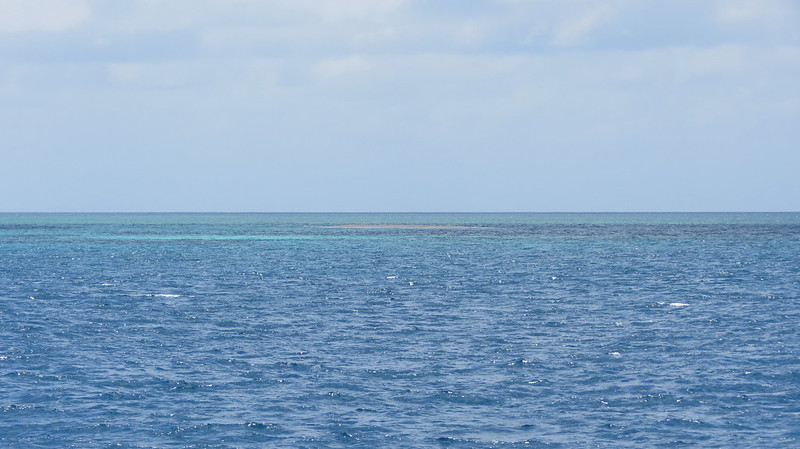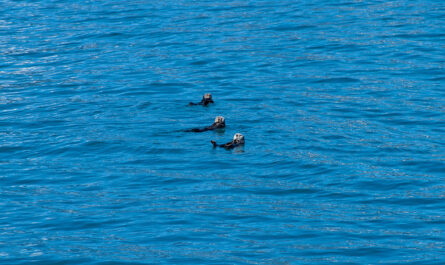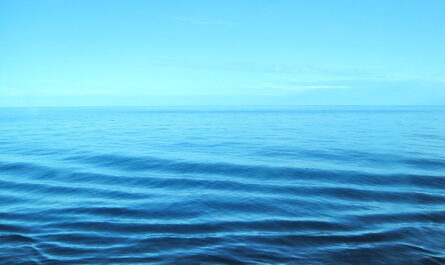The Great Barrier Reef, often referred to as the jewel of the Pacific Ocean, is the world’s largest coral reef system, stretching over 2,300 kilometers and covering an area of approximately 344,400 square kilometers. This UNESCO World Heritage site, renowned for its stunning biodiversity, is under severe threat from coral bleaching caused by environmental stressors like rising sea temperatures and pollution. Coral bleaching poses a significant risk not only to the reef’s ecosystems but also to the global environment, economy, and the communities that depend on it.
This extensive exploration dives into the intricate causes, effects, and potential solutions for coral bleaching, emphasizing the critical steps required to save the Great Barrier Reef and ensure its long-term sustainability.
1. Understanding Coral Bleaching: Causes and Consequences
What Is Coral Bleaching?
Coral bleaching occurs when corals experience environmental stress, primarily due to elevated water temperatures. This stress causes corals to expel the symbiotic algae (zooxanthellae) that live in their tissues and provide essential nutrients and vibrant colors. Without these algae, corals turn white or “bleached” and are left vulnerable to starvation and disease.
- Triggers of Coral Bleaching:
- Heat Stress: Even a slight increase in sea temperatures—by as little as 1°C—can lead to widespread bleaching.
- Ocean Acidification: Increased absorption of CO2 by oceans lowers pH levels, weakening coral skeletons.
- Pollution: Agricultural runoff containing pesticides, herbicides, and fertilizers exacerbates coral stress.
- Overfishing: Removing key species from the reef ecosystem disrupts the balance and resilience of coral communities.
Consequences of Coral Bleaching
- Biodiversity Collapse: Coral reefs are home to over 25% of all marine species, including fish, mollusks, and crustaceans. Coral loss leads to habitat destruction, threatening these species with extinction.
- Economic Devastation: The Great Barrier Reef contributes over $6 billion annually to Australia’s economy, supporting tourism and fishing industries. Bleaching events jeopardize these sectors.
- Climate Amplification: Coral reefs act as natural carbon sinks. Their decline reduces the ocean’s ability to absorb CO2, exacerbating global warming.
- Community Impact: Indigenous communities and coastal populations relying on the reef for sustenance and cultural identity face significant challenges.
Global Context
Coral bleaching is not isolated to the Great Barrier Reef. Reefs in the Caribbean, Indian Ocean, and Southeast Asia are also experiencing mass bleaching events, underscoring the global nature of the crisis.
2. The Scale of the Crisis: Mapping the Damage
Extent of Coral Bleaching
The Great Barrier Reef has witnessed five mass bleaching events in the past 25 years, with 2016 and 2017 being particularly catastrophic. Aerial and underwater surveys estimate that nearly 90% of the reef has been affected to varying degrees.
- Satellite Mapping and Data:
- Advanced satellite imaging reveals that entire sections of the reef have lost their coral cover.
- Studies indicate that some areas, particularly in the northern reef, have experienced up to 67% mortality rates in shallow-water coral.
Impact on Different Reef Zones
- Northern Reef: This section has suffered the most damage, with vast swaths of coral succumbing to heat stress.
- Central Reef: Moderate damage, with some recovery observed in resilient species.
- Southern Reef: Less affected due to cooler water temperatures but still vulnerable to future events.
Case Study: The 2016 Bleaching Event
The 2016 heatwave, fueled by a strong El Niño, led to the worst bleaching in the reef’s history. Over 30% of shallow-water corals died, triggering widespread alarm among scientists and policymakers. This event underscored the urgent need for climate mitigation strategies.
3. Scientific Innovations: Can Technology Save the Reef?
Heat-Resilient Corals
One of the most promising approaches to reef restoration is developing heat-tolerant coral strains through selective breeding and genetic modification.
- Selective Breeding: Scientists expose corals to simulated heat stress in controlled environments, identifying resilient strains for transplantation.
- Gene Editing: Advanced techniques like CRISPR are being explored to enhance coral adaptability to changing environmental conditions.
Artificial Reef Structures
- Purpose: Artificial reefs provide substrates for coral larvae to settle and grow, creating new habitats for marine life.
- Innovative Materials: Eco-friendly concrete, limestone, and 3D-printed structures are being deployed to mimic natural reef environments.
Cooling the Reef
- Cloud Brightening: Spraying seawater into the atmosphere to create reflective clouds, reducing solar radiation and cooling the ocean surface.
- Underwater Fans: Experimental technologies use submerged fans to circulate cooler water over heat-stressed corals.
Bioengineering Solutions
- Coral probiotics, consisting of beneficial bacteria, are being tested to enhance coral resilience to heat and disease.
4. Global and Local Policy Measures
International Frameworks
- Paris Agreement: Limiting global warming to 1.5°C is critical for preventing further reef damage.
- UN Sustainable Development Goals (SDGs): Goals 13 (Climate Action) and 14 (Life Below Water) emphasize marine conservation and climate mitigation.
Australia’s Commitment
- Reef 2050 Plan: The Australian government’s comprehensive strategy includes improving water quality, reducing coastal development impacts, and enhancing reef resilience.
- Investments in Renewable Energy: Shifting to solar, wind, and hydropower aims to reduce the country’s carbon emissions.
Marine Protected Areas (MPAs)
Expanding MPAs provides corals with refuge from human activities such as fishing and tourism, enabling recovery.
5. The Role of Communities and Individuals
Community-Driven Conservation
Local communities play a crucial role in reef protection:
- Reef Guardians Program: Engages schools, businesses, and local governments in conservation efforts.
- Mangrove Reforestation: Coastal communities plant mangroves to reduce erosion and protect reef ecosystems.
Individual Actions
- Sustainable Tourism: Visitors can minimize their impact by choosing eco-certified operators and following reef-safe guidelines.
- Plastic Reduction: Avoiding single-use plastics helps prevent marine debris from reaching the reef.
6. Education and Awareness: Spreading the Word
Educational Initiatives
- Schools are integrating marine biology and reef conservation into curricula.
- Public events like reef awareness weeks foster community involvement.
Media Campaigns
Documentaries such as Chasing Coral and campaigns like Reef 2050 raise global awareness, inspiring collective action.
7. Long-Term Solutions: Hope for the Future
Climate Mitigation
Reducing greenhouse gas emissions through renewable energy adoption and reforestation is paramount for reef survival.
Scalable Restoration Efforts
- Large-scale funding for coral nurseries and transplantation projects.
- Collaboration between nations, industries, and NGOs to share resources and expertise.
Conclusion
The Great Barrier Reef stands as both a symbol of natural beauty and a warning of human impact on the environment. While the challenges it faces are immense, the combined efforts of scientists, policymakers, and communities provide hope for its future. Protecting this global treasure requires urgent action to combat climate change, promote sustainable practices, and invest in innovative solutions. Together, we can preserve the Great Barrier Reef for generations to come.



